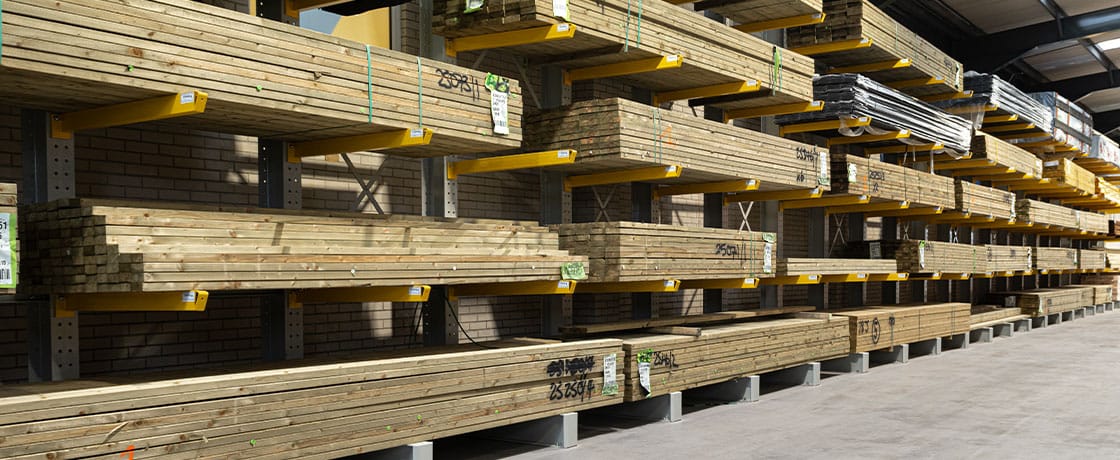
Should You Use Moisture-Tested Timber? Here’s When It Makes a Difference
Published on October 2, 2025
Posted in Advice & Reviews
by MKM
4 min read
Ever had decking boards twist, external doors swell, or timber cladding crack for no clear reason? Chances are the timber wasn't properly dried or moisture-tested.
Moisture content might not sound like the most exciting part of a building project – but it’s one of the most important. Whether you're fitting internal joinery or laying outdoor decking, getting the moisture levels right can make or break your project.
Moisture-tested timber helps prevent warping, shrinkage, and other frustrating issues that come from wood reacting to its environment. Knowing when to use moisture-tested timber and when it’s not essential can save you time, money, and plenty of hassle down the line.
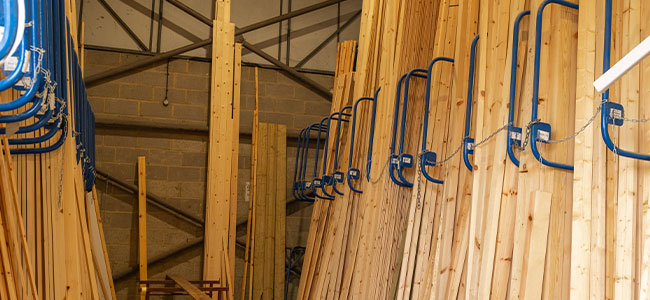
What is moisture-tested timber?
Moisture-tested timber has been checked to confirm its internal moisture content is within a safe, stable range for the job it’s intended for. That might sound technical, but here’s why it matters:
- Moisture content (MC) is the percentage of water inside the wood, relative to its dry weight.
- Wood absorbs or releases moisture depending on its surroundings. That’s why boards sometimes shrink indoors or swell outdoors.
- Moisture testing – often done after kiln drying – ensures timber is stable and ready for joinery, flooring, cladding, or any area where movement can cause issues.
When do you need moisture-tested timber?
Here’s a straightforward breakdown of when you should use moisture-tested timber – and when you might not need to.
Outdoor decking or cladding
Use moisture-tested timber if you're trying to reduce the risk of warping or splitting over time. Even pressure-treated softwoods or tropical hardwoods will benefit from stable moisture levels.
Browse timber decking boards at MKM.
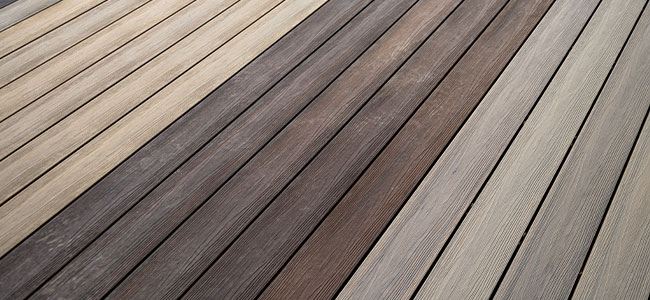
Indoor joinery or flooring
Timber used indoors should typically have a moisture content of 8–12%. If it’s not dried and appropriately acclimatized, you risk shrinkage, cracking, or misalignment after installation.
View kiln-dried red oak for joinery.
Furniture or cabinetry
For anything with tight joints, detailed finishing, or moving parts, moisture control is essential. Swelling or shrinkage can ruin craftsmanship – and create call-backs if you’re working for a customer.
Framing, fencing, or structural timber
For basic exterior framing, fencing, or sheds, moisture testing is less critical. But if the timber is going to be painted or part of a visible structure, it’s still worth using kiln-dried or treated stock.
See kiln-dried C24 treated timber at MKM.
Also add link to c16
What moisture levels are considered safe?
|
Use |
Ideal Moisture Content |
|
Interior flooring/joinery |
8–12% |
|
Outdoor cladding/decking |
12–20% |
|
Exterior fencing/framing |
Up to 20–22% (if treated) |
Moisture content over 20% increases the risk of fungal decay. Below that, timber becomes much more stable and reliable for long-term use.
Why moisture-tested timber improves your results
- It’s less likely to warp, twist, or split
- Joints stay tighter and finishes last longer
- Reduces the chance of mould or rot, especially in damp environments
- Helps flooring, doors, panelling and cladding stay looking great for years
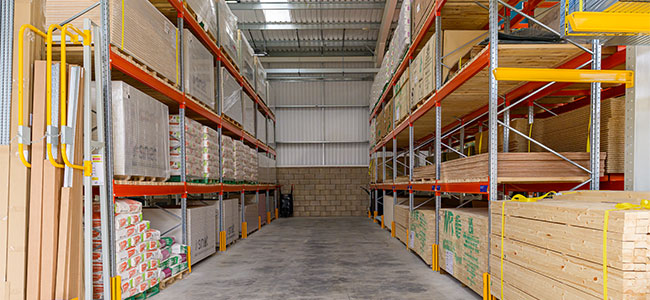
Where can I find moisture-tested timber?
Most timber merchants today stock kiln-dried or moisture-controlled timber, especially for interior and decorative use. You’ll often see the words “kiln-dried” or “moisture content” listed in the product description.
At MKM, you can find a wide selection of moisture-controlled timber online and in branch:
- American Red Oak, Kiln Dried, Dressed 20×95mm – perfect for joinery and furniture
- Regularised, Kiln Dried Carcass 47×175, UC2 – treated structural timber
- 22×100 Kiln Dried Sawn Timber – 4800mm – great for framing and general use
Pro tip: When browsing timber on mkm.com, check the product title and description for:
- “Kiln-dried”
- “Moisture content”
- Treatment levels (e.g. UC2 - indoor, UC3 – outdoors above ground, UC4 – outdoors in-ground)
Or ask your local MKM branch for help selecting timber with the proper moisture spec for your project.
Tips for using moisture-tested timber like a pro
1. Let the timber acclimatise
Bring it into the space (indoors or on-site) at least 48 hours before fitting. Let it adjust to temperature and humidity.
2. Seal the ends
Moisture enters and exits wood fastest through the end grain. Apply a quality end seal or oil to slow movement and reduce cracking.
Protect your boards with Cuprinol UV Guard Decking Oil
3. Allow for movement
Moisture changes can cause expansion or shrinkage. Use flexible adhesives, or leave small expansion gaps in fixings where needed.
4. Choose the right timber for the job
Use internal-grade kiln-dried timber for indoor work, and treated/graded timber for structural or outdoor use.
Explore MKM's full timber range
5. Consider a moisture meter
A handheld moisture meter helps check timber before fitting – especially if it’s been stored for a while. While not always listed online, your local MKM branch may be able to help you source the right tool.
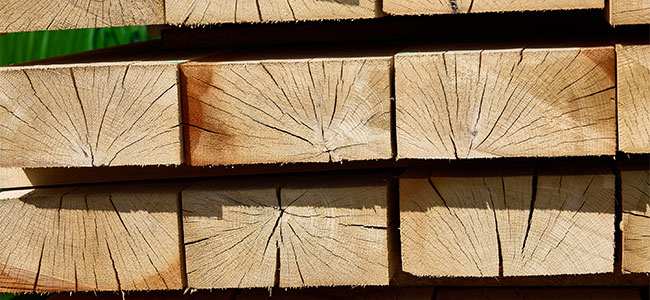
Get the best results from the right timber.
Using moisture-tested timber gives you a solid head start. From improved finish to fewer future repairs, it’s one of the simplest ways to make your project last longer and look better.
Looking for timber that’s fit for purpose?
Browse MKM’s timber range online.
Or speak to your local branch team – we’re always happy to help.